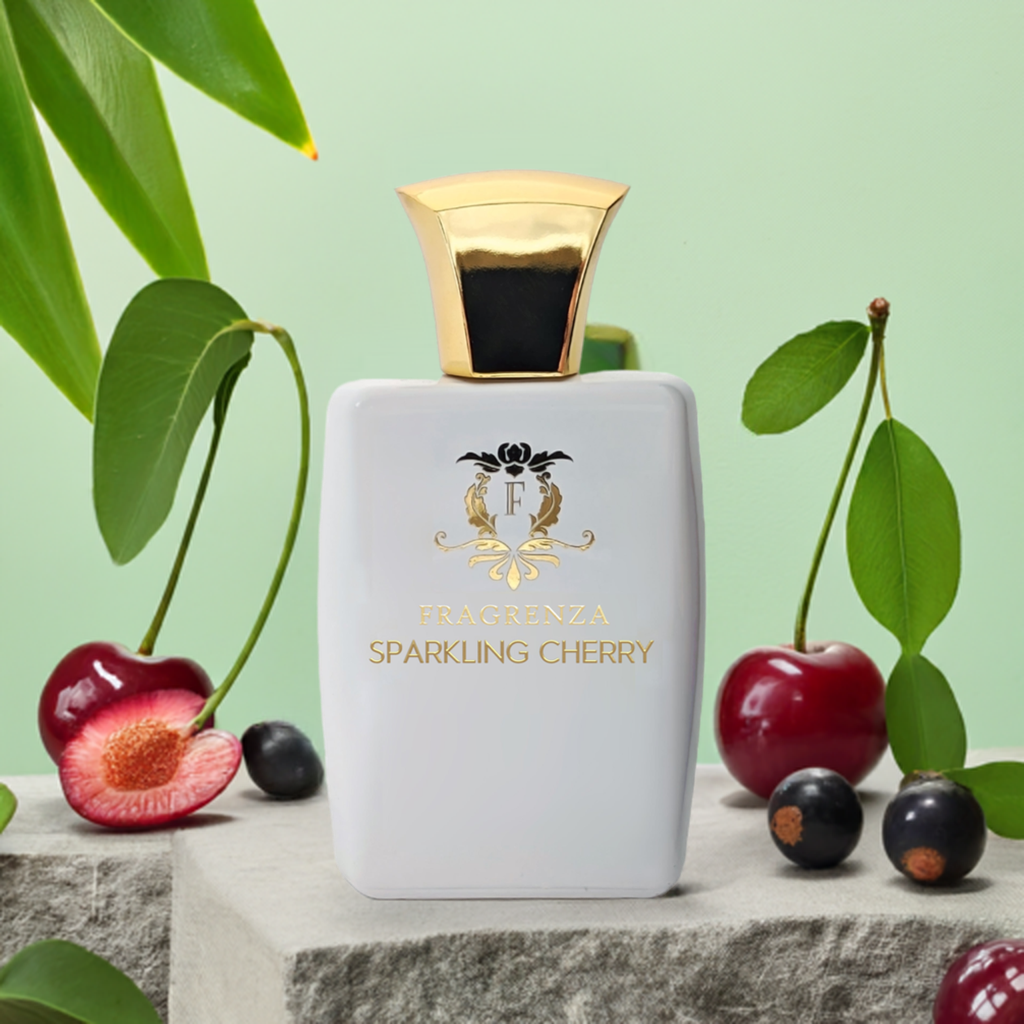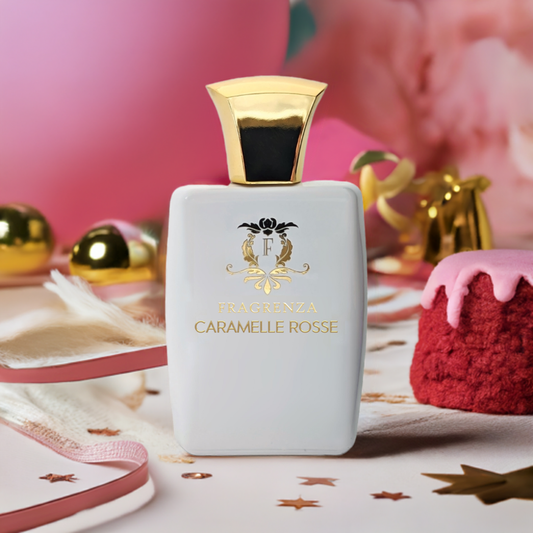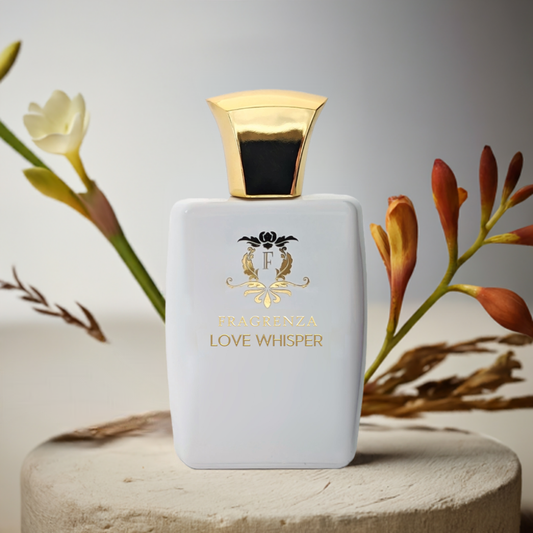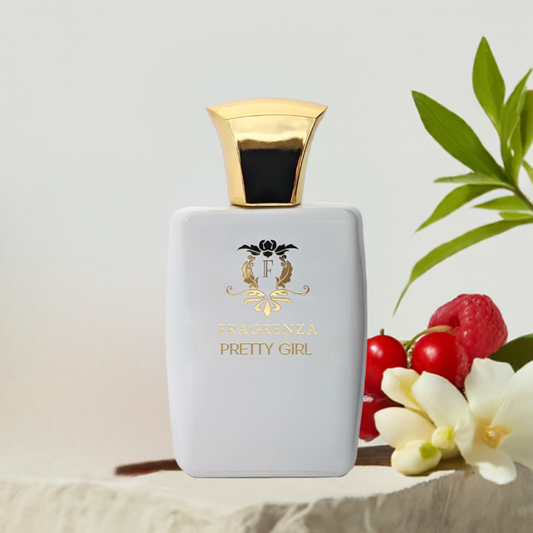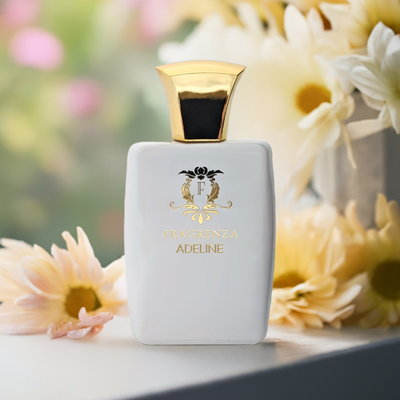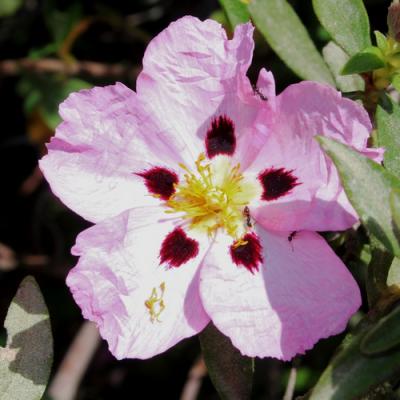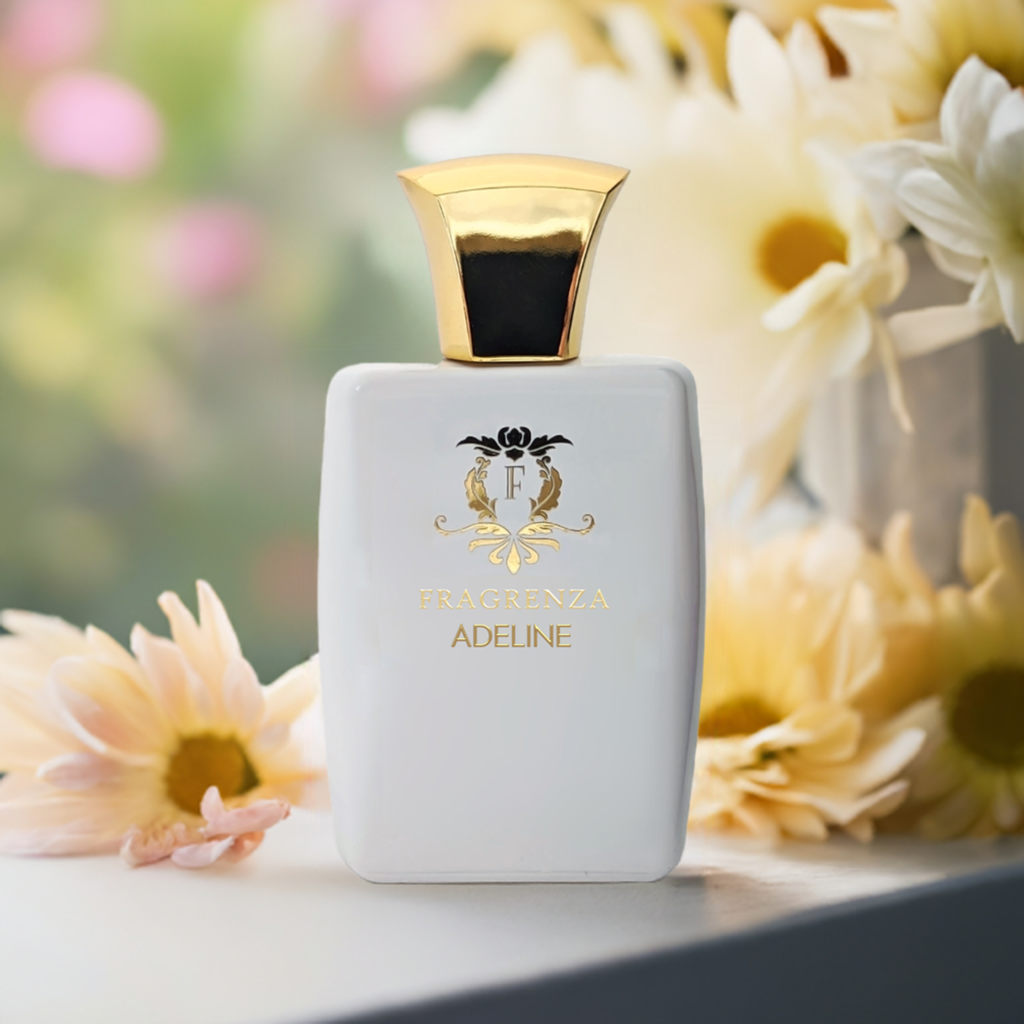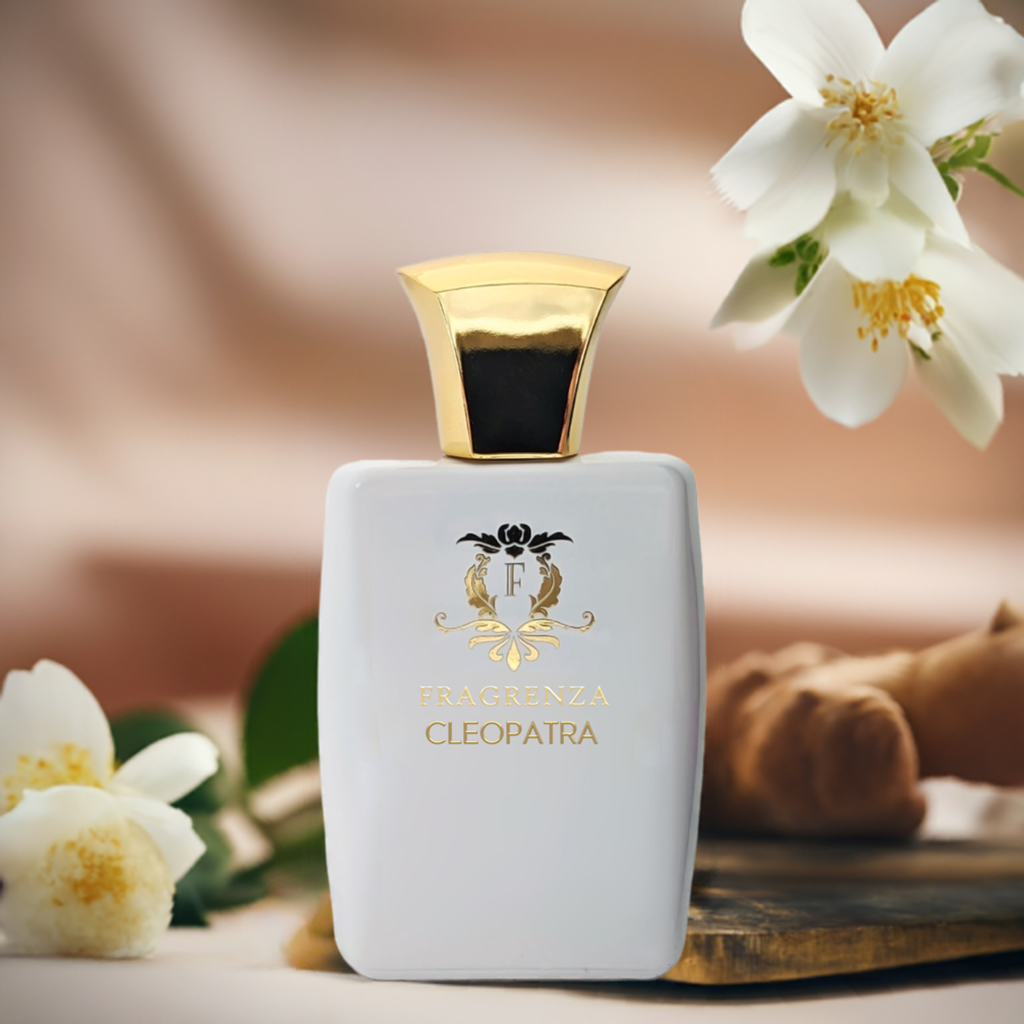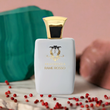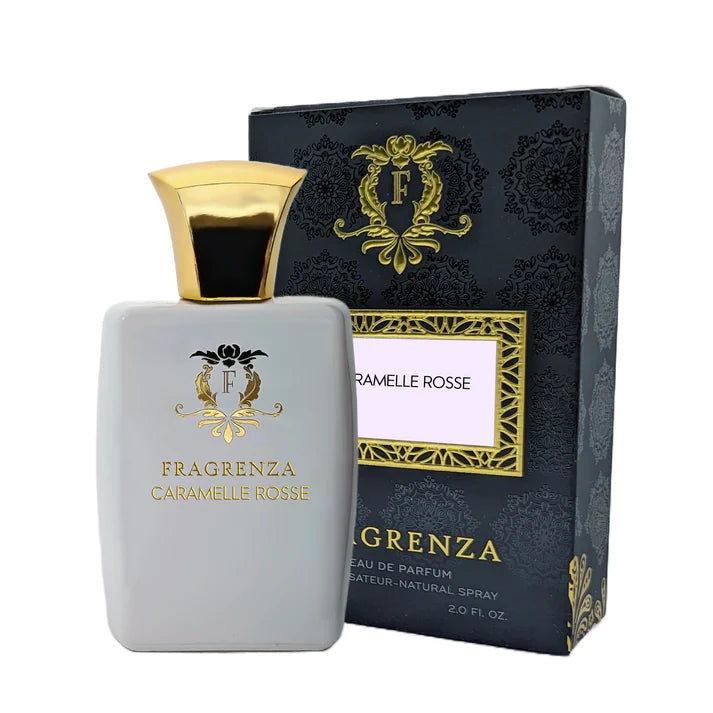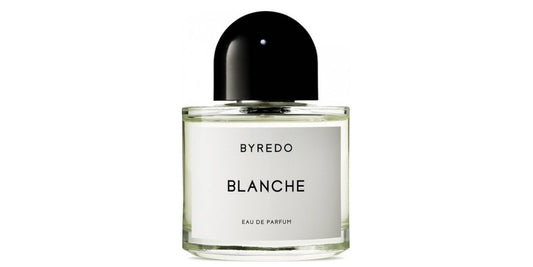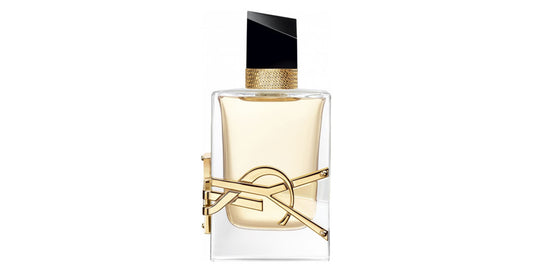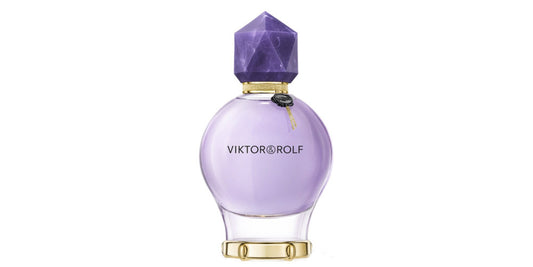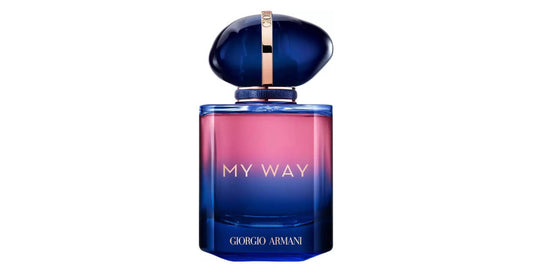Cashmeran in perfumery
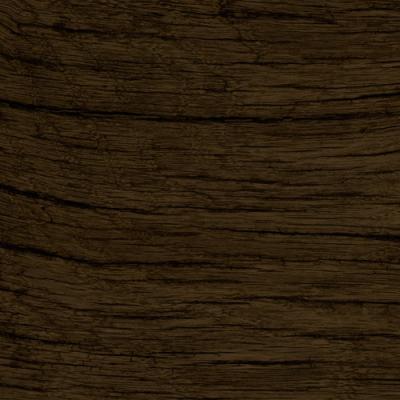
In This Article
Discover Cashmeran: A Unique and Sensual Ingredient in Perfumery
Cashmeran, a trade name registered by IFF, is a synthetic ingredient with the scientific name DPMI. Discovered in the 1970s by Dr. John Hall, Cashmeran emerged from research into affordable chemical transformations of other ingredients. This alicyclic ketone and organic compound with a melting point of 27°C is described as a polycyclic musk. With its tactile and olfactory appeal, Cashmeran, also known as cashmere wood, is a relatively recent addition to the perfume industry.
Fun Fact: The name "Cashmeran" is derived from its unique texture, which is reminiscent of cashmere, a luxurious and soft fabric. This tactile quality is a distinctive feature of Cashmeran, making it a raw material that people can't help but want to touch.
The Enigmatic and Sensual Scent of Cashmeran
Cashmeran exudes a complex aroma with rich olfactory facets. While it's predominantly a woody and musky ingredient, Cashmeran also possesses spicy, fruity, chypre, balsamic, and vanilla notes. The soft and sensual scent is immediately recognizable, and its synthetic nature sets it apart from natural wood essences.
Fun Fact: People's impressions of Cashmeran's scent vary widely, with some describing it as musky and reminiscent of the forest floor, while others associate it with the smell of concrete after a rainstorm. Some find it spicy or elegantly powdery, while perfumers often describe it as having a subtle apple and pine aroma.
Cashmeran's unique scent makes it an ideal complement to the floral notes in a perfume, particularly jasmine. It made its debut in the renowned Amarige de Givenchy in 1970 and has since become an indispensable ingredient in perfumery. Cashmeran can be found in fragrances such as Acqua Di Gioia Essenza by Armani, 1881 Blanc by Cerruti, Bang Bang by Marc Jacobs, and the entire Alien collection by Thierry Mugler.
